Exploring the Strength and Versatility of 2017 Aleación aluminio: The Aeronautical Wonder Material
In the ever-evolving realm of aerospace engineering, materials play a pivotal role in shaping the future of aircraft design, performance, and safety.
Among the many alloys that have revolutionized this industry, the 2017 aluminum alloy stands out as a true aeronautical wonder material.
Its exceptional combination of strength, lightness, and versatility has made it a preferred choice for aircraft structures, military equipment, and high-performance engineering applications.
In this comprehensive exploration, we will delve deep into the world of 2017 aleación aluminio.
We will examine its composition, Propiedades mecánicas, manufacturing processes, advantages, limitations, and practical applications.
This article aims to empower engineers, designers, materials scientists, and aerospace enthusiasts with in-depth knowledge about this remarkable alloy.
Whether you’re involved in aircraft design, maintenance, or research, understanding the nuances of 2017 aluminum alloy can significantly influence your projects and innovations.

The Essence of 2017 Aleación aluminio
Before dissecting its attributes, it is essential to understand what makes 2017 aluminum alloy a standout in the vast universe of aluminum-based materials.
Composition and Chemical Makeup
2017 aluminum alloy belongs to the 2000 series of aluminum alloys, distinguished primarily by their high copper content. Its typical chemical composition includes:
| 'Nar 'mu̲ | Approximate Content (%) |
|---|---|
| Cobre (Cu) | 3.0 – 4.0 |
| Magnesio (Mg) | ≤ 0.4 |
| Silicio (Hää) | ≤ 0.5 |
| Hierro (Nt'eme) | ≤ 0.5 |
| Manganeso (Mn) | ≤ 0.3 |
| Zinc (Zn) | ≤ 0.25 |
| Aluminio (Ya ar) | Equilibrar |
The elevated copper levels impart high strength but also influence corrosion behavior, which manufacturers have addressed through alloying and protective coatings.
Historical Development and Classification
First developed in the early 20th century, 2017 aluminum alloy was optimized for aerospace applications due to its superior strength-to-weight ratio.
Its categorization within the 2000 series signifies its suitability for high-performance structural components where mechanical durability and reliability are paramount.
Mechanical Properties and Performance Characteristics
Understanding the mechanical behavior of 2017 aluminum alloy is critical for its application in demanding environments like aerospace.
Resistencia ar tracción
The tensile strength of 2017 aluminum alloy varies depending on temper designation but generally falls within the range of:
| Temper Type | Resistencia ar tracción (Mpa) | Máxima resistencia ja ar tracción (Mpa) |
|---|---|---|
| T3 | 330 – 370 | Up to 370 |
| T4 | 340 – 380 | Up to 380 |
| T6 | 440 – 480 | Up to 480 |
Hñeti: The T6 temper provides the highest strength due to heat treatment.
Límite elástico
Semejantemente, the yield strength also trends upward with heat treatments:
| Temper Type | Límite elástico (Mpa) |
|---|---|
| T3 | 275 – 310 |
| T4 | 285 – 330 |
| T6 | 380 – 410 |
Ductility and Toughness
Despite its high strength, 2017 aluminum alloy retains good ductility, enabling it to absorb energy during impacts without fracturing.
Its toughness makes it suitable for aerospace structures subjected to dynamic stresses.
Fatigue Resistance
The alloy exhibits excellent fatigue resistance, an essential trait for aircraft components subjected to cyclic loading. Proper heat treatments further enhance fatigue life.
Corrosion Behavior
Copper-rich alloys like 2017 tend to exhibit decreased corrosion resistance.
'Ñotho ar embargo, through protective anodizing and coating techniques, engineers mitigate corrosion concerns to maintain durability in service conditions.
Manufacturing Techniques and Processing
Maximizing 2017 aluminum alloy’s potential requires precise manufacturing processes, from casting to final machining.
Casting and Ingots
The initial shape of 2017 alloy components often begins with casting ingots. Controlled casting methods ensure uniform grain structures and minimize porosity.
Hot and Cold Working
- Hot Working: During hot extrusion or forging, the alloy achieves a refined grain structure, improving strength and uniformity.
- Cold Working: Techniques like rolling or machining at ambient temperatures enhance surface finish and dimensional accuracy.
Heat Treatments
Heat treatments are pivotal to optimizing the alloy’s mechanical properties:
| Heat Treatment Type | Effect | Typical Use Case |
|---|---|---|
| Solution Heat Treatment (T4 or T6) | Dissolves alloying elements and precipitates fine particles for increased strength | Structural components requiring high durability |
| Artificial Aging | Further precipitate strengthening phases | Enhances overall strength and fatigue resistance |
Welding and Joining
Welding 2017 aluminum alloy demands caution due to its copper content, which may cause hot cracking.
Techniques such as friction stir welding or electron beam welding are preferred to ensure joint integrity.
Advantages of 2017 Aluminum Alloy in Aerospace
The unique properties of 2017 aluminum alloy confer numerous advantages that make it invaluable for aeronautical applications.
Exceptional Strength-to-Weight Ratio
This alloy provides high mechanical strength while maintaining low density, directly translating to lighter aircraft structures that improve fuel efficiency and performance.
Good Machinability
Manufacturers appreciate 2017 aluminum’s excellent machinability, facilitating complex component fabrication with precision.
Suitability for High-Performance Applications
Its performance under cyclic loading and fatigue resistance makes 2017 alloy suitable for critical aircraft parts such as fuselage frames, wing spars, and landing gear components.
Compatibility with Modern Manufacturing
The ability to be machined, welded, and heat-treated makes 2017 aluminum alloy adaptable within CNC machining, additive manufacturing, and other advanced techniques.
Cost-effectiveness
Compared with superalloys or composites, 2017 aluminum alloy offers a more economical solution without sacrificing performance, making it accessible for large-scale production.
Limitations and Challenges
While 2017 aluminum alloy boasts impressive features, it also has limitations that aerospace engineers need to consider.
Corrosion Concerns
Copper-rich alloys tend to corrode faster in humid or saline environments.
Protective coatings and anodizing significantly mitigate this issue but add to manufacturing complexity.
Welding Difficulties
Welding can induce hot cracking due to copper’s influence. Precise process control and specialized techniques are essential to ensure joint integrity.
Cost of Heat Treatment
Achieving optimal physical properties through heat treatments requires precise control, which can increase manufacturing costs and cycle times.
Limited Fatigue Life in Certain Conditions
Though generally favorable, fatigue life can decrease under severe environmental factors, such as prolonged exposure to corrosive atmospheres or extreme temperature fluctuations.
Practical Applications of 2017 Aluminum Alloy in the Aeronautical Industry
The unique combination of strength, processability, and weight savings positions 2017 aluminum alloy at the forefront of aerospace components.
Structural Aircraft Components
- Fuselage Frames and Bulkheads: High-strength requirements met without excessive weight additions.
- Wing Spars: Providing the main structural support for wings.
- Landing Gear Components: Endurance under cyclic loads and impact forces.
Military and Defense Equipment
- Aircraft Armour Panels: Lightweight yet durable protection.
- Missile Components: Light weight coupled with structural integrity.
Spacecraft and Satellite Structures
While not the primary material in space applications, 2017 aluminum alloy can be used in terrestrial supporting structures and transport mechanisms within spacecraft.
Ground Support Equipment
Such as transport carts, testing rigs, and repair fixtures where high strength and low weight are valued.
Comparing 2017 Aluminum Alloy with Other Aerospace Materials
To understand its place in aerospace engineering, it’s essential to compare 2017 aluminum alloy with alternative materials.
| Ha̲i | 2017 Aleación aluminio | 2024 Aleación aluminio | Titanium Alloys | Composites |
|---|---|---|---|---|
| Densidad | ~2.8 g/cm³ | ~2.8 g/cm³ | ~4.5 g/cm³ | ~1.8 g/cm³ (carbon fiber) |
| Resistencia ar tracción | 440–480 MPa | 470–520 MPa | 900–1000 MPa | ~600–1000 MPa (fiber-reinforced) |
| Resistencia ar corrosión | Hingi ze̲di | Hingi ze̲di | High | High (if treated) |
| Price | Hingi ze̲di | Hingi ze̲di | High | Variable |
| Maquinabilidad | Excelente | Xi hño | Hingi ze̲di | Variable |
This comparison reveals 2017’s advantage as a balanced, high-performance alloy offering robust strength, manageable cost, ne maquinabilidad.
Future Perspectives and Innovations
As aerospace technology evolves, so does the application of aluminum alloys like 2017.
Advanced Coatings and Surface Treatments
Developments in anodizing and protective coatings will further enhance corrosion resistance, enabling extended service life.
Additive Manufacturing Compatibility
Hybrid manufacturing approaches combining traditional methods with 3D printing are opening new possibilities for complex 2017 alloy components.
Alloy Optimization
Research continues into modifying composition and heat treatments to improve properties such as corrosion resistance and weldability.
Sustainability and Recycling
Efforts to improve the recyclability of 2017 aluminum alloys aim to promote eco-friendly manufacturing practices without sacrificing performance.
Conclusion
Ar 2017 aluminum alloy emerges as a premier aeronautical material, blending outstanding strength, processability, and versatility.
Its critical role in supporting the structural integrity of modern aircraft, military hardware, and aerospace innovations affirms its status as an aerospace engineering marvel.
The alloy’s adaptability to advanced manufacturing processes, combined with ongoing innovations, will continue to expand its applications.
'Ñotho ar embargo, engineers must remain vigilant regarding its limitations, especially concerning corrosion and welding challenges, and implement appropriate mitigation strategies.
In a world where performance, safety, and efficiency reign supreme, 2017 aluminum alloy stands tall—an aeronautical wonder material that continues to push the boundaries of aerospace engineering.
As research advances and manufacturing techniques evolve, its contribution to the aerospace landscape promises to grow even more significant in the decades to come.
This in-depth examination of 2017 aluminum alloy highlights its vital importance in aerospace engineering, offering a reliable, practical, and forward-looking perspective for industry professionals and enthusiasts alike.
Share with PDF: Download
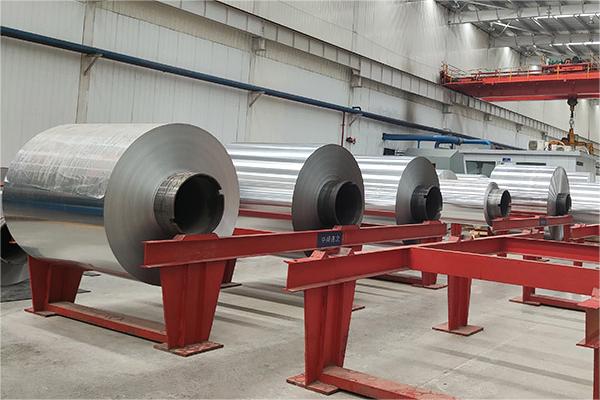
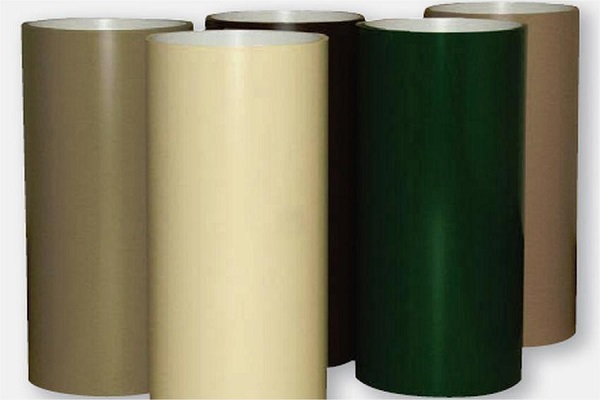
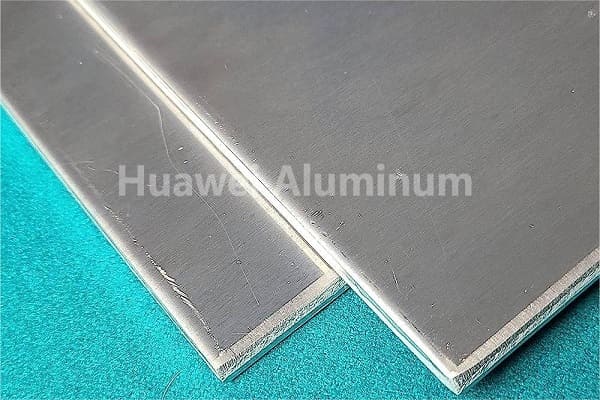
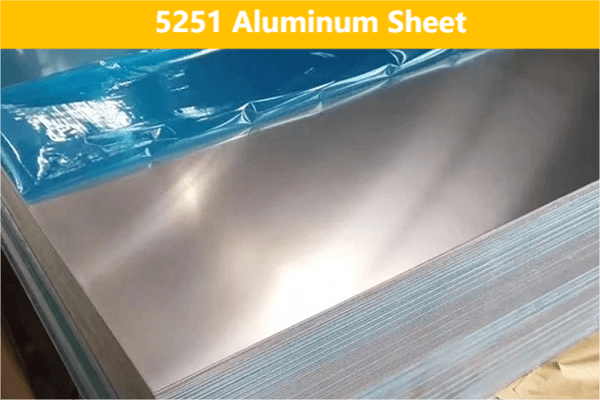
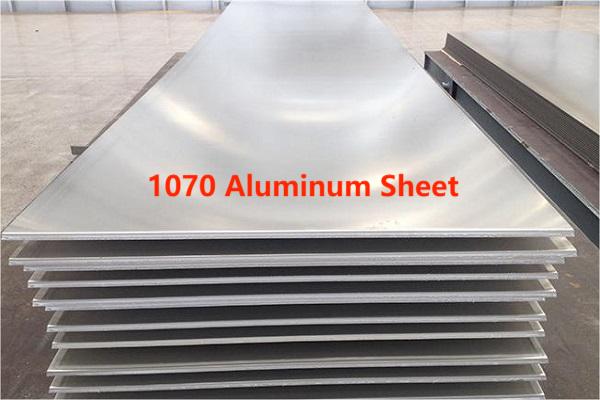

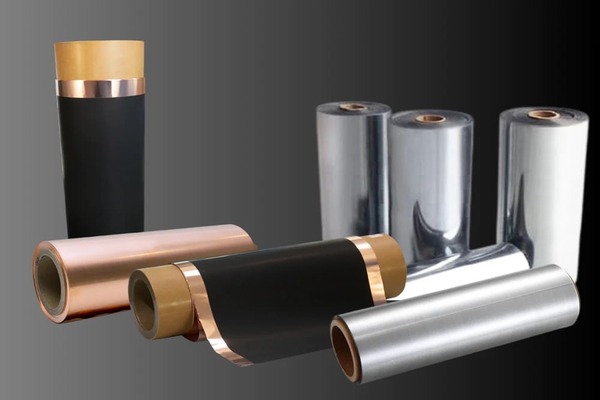
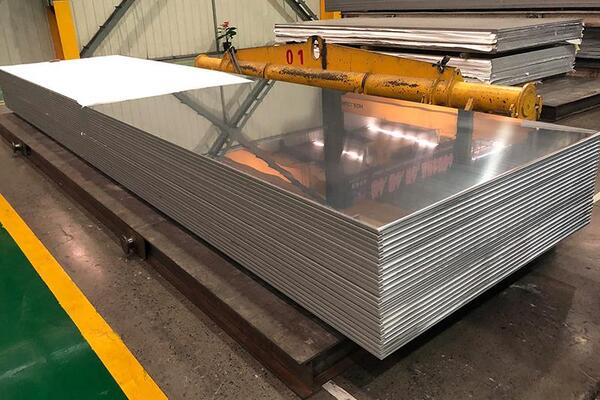
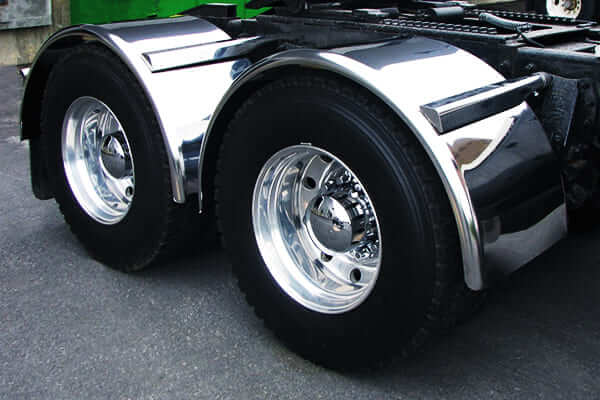
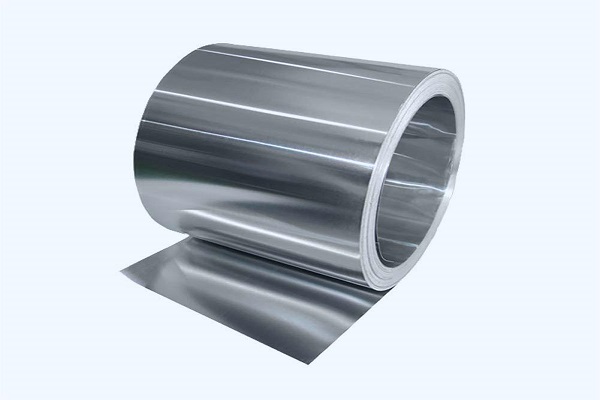
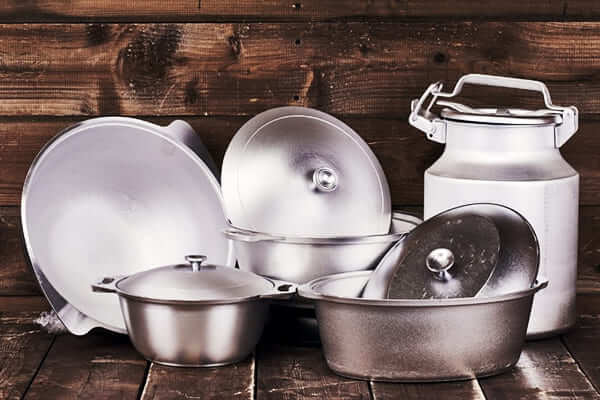
Contesta